The Arylic BP50 Bluetooth Pre-Amp
The BP50 was send to me by Arylic’s European distribution for a thorough testing of the device and giving my honest judgement about it in this blog.
Who are Arylic?
Arylic is brand name for products designed and manufactured by a Chinese company called Rakoit.
No - they don’t offer audiophile pleasures like Auralic and they aren’t close to that level of high-end audio (yet)!
The company was involved in the first wave European distribution for the WIIM Mini of Linkplay and they have an established record of using Linkplay modules and applications within their portfolio of multi-room audio devices. I have had two products samples under review on my desk in Autumn ‘22, the S50Pro+ wireless streaming pre-amplifier had its’s review on the AS front page and the UP2Stream wireless HD DAC received one or two blog articles here.
As the functional value to these devices is much greater than the value attached in US$, they may not be the first choice for another front page review, however the Arylic BP50 - received my attention because it seems to be an interesting device on paper as it may have fit with many needs of today’s mobile/wireless entertainment that isn’t Ethernet or Wi-Fi based.
To my knowledge - which is still quite limited from my generally unspecific interest into Bluetooth - there aren’t a lot BT devices serving as pre-amplifier/switchboard between BT, analog and digital in and outputs. Neither for less than 100 US$, nor for less of 1000 US$.
That technology may be of use to control items, but audio, Hi-fi or Hi-Res? There's a part of my family, half as old as me or even younger, who are using BT as everyday driver. Thats imho enough reason to look a bi closer into this next gen switch board device.
This Bluetooth streamer on the other hand, cost 99 US$, has no TCP/IP network module inside and concentrates on providing just that:
A matrix of analog (incl.MM/MC)/digital entries (incl.BT) vs. digital (incl.BT) + analog outputs:

The Arylic BP50 has an MSRP of 99 Euro/USD and you’ll find a couple of promos/vouchers this autumn/winter that may cut the initial price below 80 US§. The actual Halloween promotion is spot on this week on Arylic’s website. More information about that may be found the end of this blog entry.
At 80, or even 99 US$, this device may not deliver the adequate value for people who are used to spent multiples of that amount on power cables or damping feet, and that’s fine with me.
After all, Bluetooth is a technology mostly shunted in the audiophile world and only half-baked revived through a wireless back hole for record spinners, IEMs and cable-free headsets.
These are mainly devices we don’t use for our audiophile pleasures as daily drivers but as a means for a quick/dirty service we may use it from time to time, i.e. when working in the yard or in the garage. Younger generations seem to be much better adapted to the BT transfer rates as we are with our precious hearing, and I would think people with these habits and limited finances are the target audience of Arylic for this product.
Most mobile listening devices are still sourced by … mobile … phones w/wo external DAC or … music player like DAPs. Their integration into existing audio systems seems to be only an afterthought, afaik. I may have seen my neighbors’ 2013 Pioneer All-In-One receiver sharing a BT 3.x/4.x connection with his wireless headphones, but that device runs technically out of steam in 2023 (or since 2018!).
Today, you can have all standards updated to last year’s top level and get all these extra functions for a 1/5th of the money.
People like him are the perfect audience for this product, as it delivers everything he need.
- Phono MM / MC input
- HDMI ARC input/output with CEC support
- 1x line in
- USB-A Host / source input i.e. memory stick FAT16/32/exFAT up to 128GB
(Formats: APE, PCM FLAC up to 24/96, mp3, mp4, wma, mov, m4a, aac) – only PCM tested
- USB-C audio stream input (PC/streamer) – ESS9023p DAC chip
- Toslink input
- Toslink output (not fixed, controlled by volume setting) - 16bit/48hz
- Coax output (not fixed, controlled by volume setting) - 16bit/48hz
- subwoofer output (not fixed, controlled by volume setting + digital xover through the app)
- pre output (RCA)
- BT input
- 2x BT output
For the control of the device you may use either the included remote control or the Arylic UP Bluetooth controller for Android and IOS. A couple of functions can as well be set using the multi-purpose volume knob.
A bit about Bluetooth

The device may transmit/receive the AAC codec but has no airplay functionality. All wireless testing has been made from/to Android devices. I haven’t tested any AAC transmissions, but SBC and AptX modes.
I’ve had to order a pair of ANC’d IEM’s with AptX codecs plus a cheap AptX receiver/transmitter during prime day because this is exactly what is delivered as the Arylic BP50’s unique selling point:
AptX, AptX HD, AptX LL and AptX adaptive with BT 5.2
Which usually means your mobile device should sport a Qualcomm BT chip on board because otherwise you would be reduced to SBC or AAC codec performance. The BP50 uses the Qualcomm QCC3040 low-power Bluetooth Audio SoC.

|
The lossless debate about Bluetooth may just go into another round with the newest BT 5.4 Qualcomm Lossless codec since the arrival of the latest iFi Neo, thus to my knowledge nothing in the BT ether is really close to the aim of lossless PCM or even HighRes Audio in a bit perfect way.
Personally, I would have been happy to choose between all the 22/23 ANC buds with LDAC codec, as I made good listening experience with it in the past. The market for LDAC receiver seems to be rich and trendy, too. Thus we still need to see the suiting transmitters on the market.
A this point it’s worth to mention that the FOCAL Bathys, as an example - which is a pair of wired/wireless high-end hybrid headphones launched by Focal this year - is fully supported by the codec subset of the BP50. It doesn’t support LDAC either.
Finally, to avoid misunderstandings, the BP50 does not do BT to BT transmission!
You can use the BT stack only in one state, either RX or TX mode. Thus you can transfer incoming BT signal to the line output or digital wired outputs, or all other inputs into BT connected devices.
Some thoughts about value (or “value proposition” in @bluesman's terms):
From the manufacturing side, we may see the housing, the BT module functionality and the app resembling the existing B50 amplifier line, which may allow some “economies of scale” to achieve basic COGS levels for the BP50 that allows them to match perfectly with their audience’s budgets.
After testing the unit, I have a couple of thoughts about the pricing and the perspective of these kinds of products. Having written an announcement already, I have spent some time to test the functional integrity of this device.
In my opinion, mating a device with plenty of functions with a multitude of external devices through a bunch of protocols always proves open to accidental failure through misalignment, however, the BP50 did an impressive connectivity job between my TV, my PC, my BT devices and a couple of audio gear.
Personal value point 1:
When my wife catches the train to Paris at 5:30 in the morning, she likes a quiet home around 22h (10 pm) latest.
My options are around consuming media with headphones close to my desktop screen or having headphones popped into my tablet in my bed. Connecting the BP50 to my TV via HDMI ARC using my brand new Ear Fun Air Pro 3 or the very comfortable closed back Thinksound OV20 coupled with a BT transceiver allowed me to follow comfortably the quarterfinals of Rugby World Cup in France or something like the wonderfully photographed Planet Earth III yesterday evening, without conflicting with the personal interest level of my dear & significant other.
Personal value point 2:
Using the Indian Summer sun in France (up to 29°C we had in October '23!) in the garden, I was happy to avoid wireless network extender into the far corner wher the deck is located, using the USB/DAC to coax out functionality of the BP50 with my Airpulse active speakers as background music, with the GO app allowing me to scroll through the contents of my USB thumb drive. Effectively, there may be a better user experience to be achieved for the media selection from the thumb drive, nevertheless examples like the WIIM app show us, this is only a matter of time and software updates.
Use cases, imagined:
- Wireless transfer from record player / tape deck to active speaker system or wireless headphones
- Console sound to either of the above
- Handheld console sound output to line out audio system
- PC-less playback of stored music (USB) in the digital domain without TCP/IP network
Most use cases may take into account that there could be an acceptable level of signal degradation when convenience comes first. As a step before our usual favorites: Bit perfectness and audiophile endgame. ;-)
Well done, Arylic. ;-) Great functionality and value!
At that price the functionality matrix is a real winner, please keep on striving for higher quality in components and performance and you will gain well deserved attention in the community. Nonetheless, reading the specs, the device doesn’t perform better as most phono pre amps in the price brackets, however, it offers tons of other options for the same price.
It would be worth to know if the digital output carries the same noise or performs closer to the DAC/ADC specification?
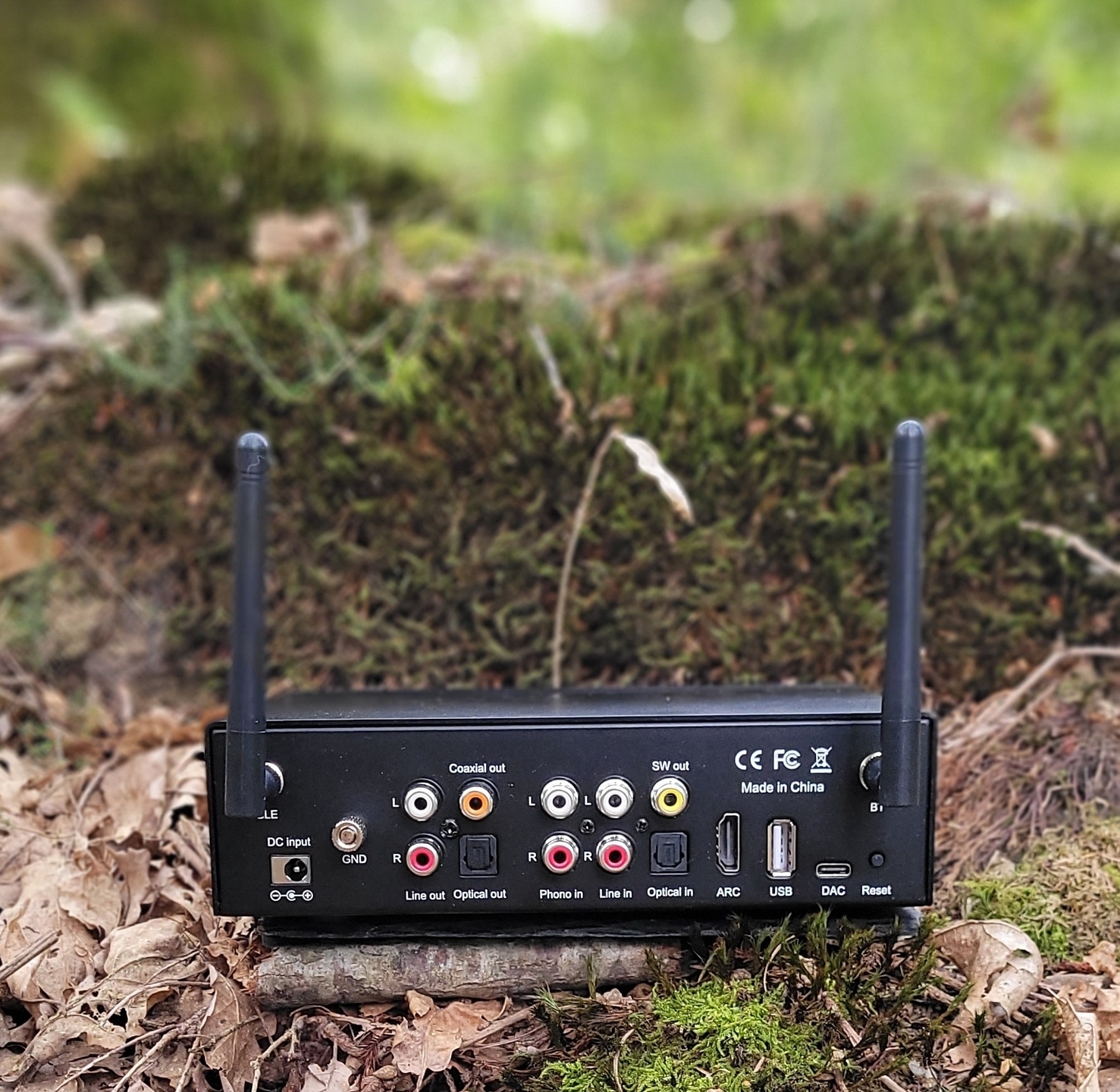
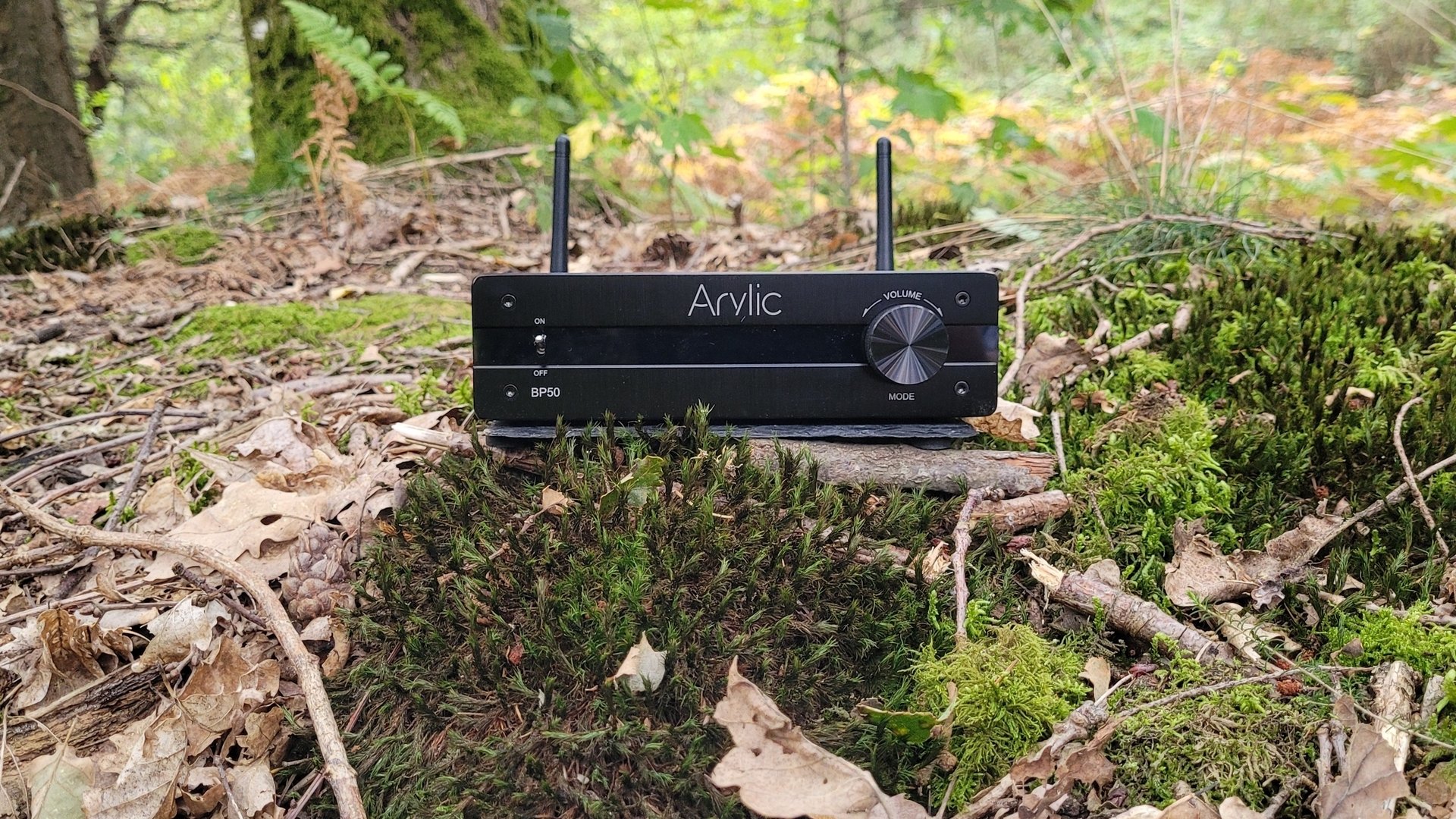



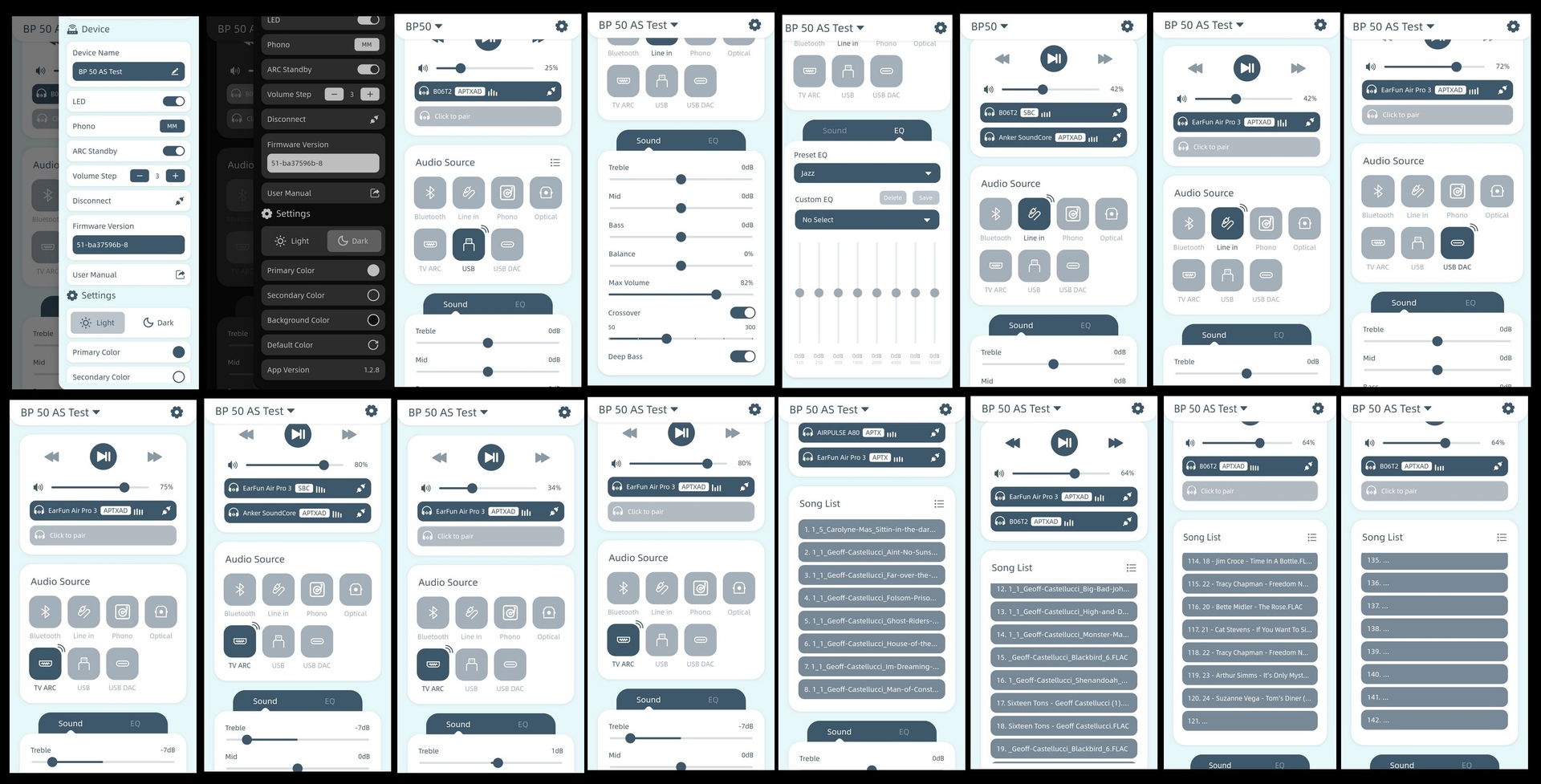
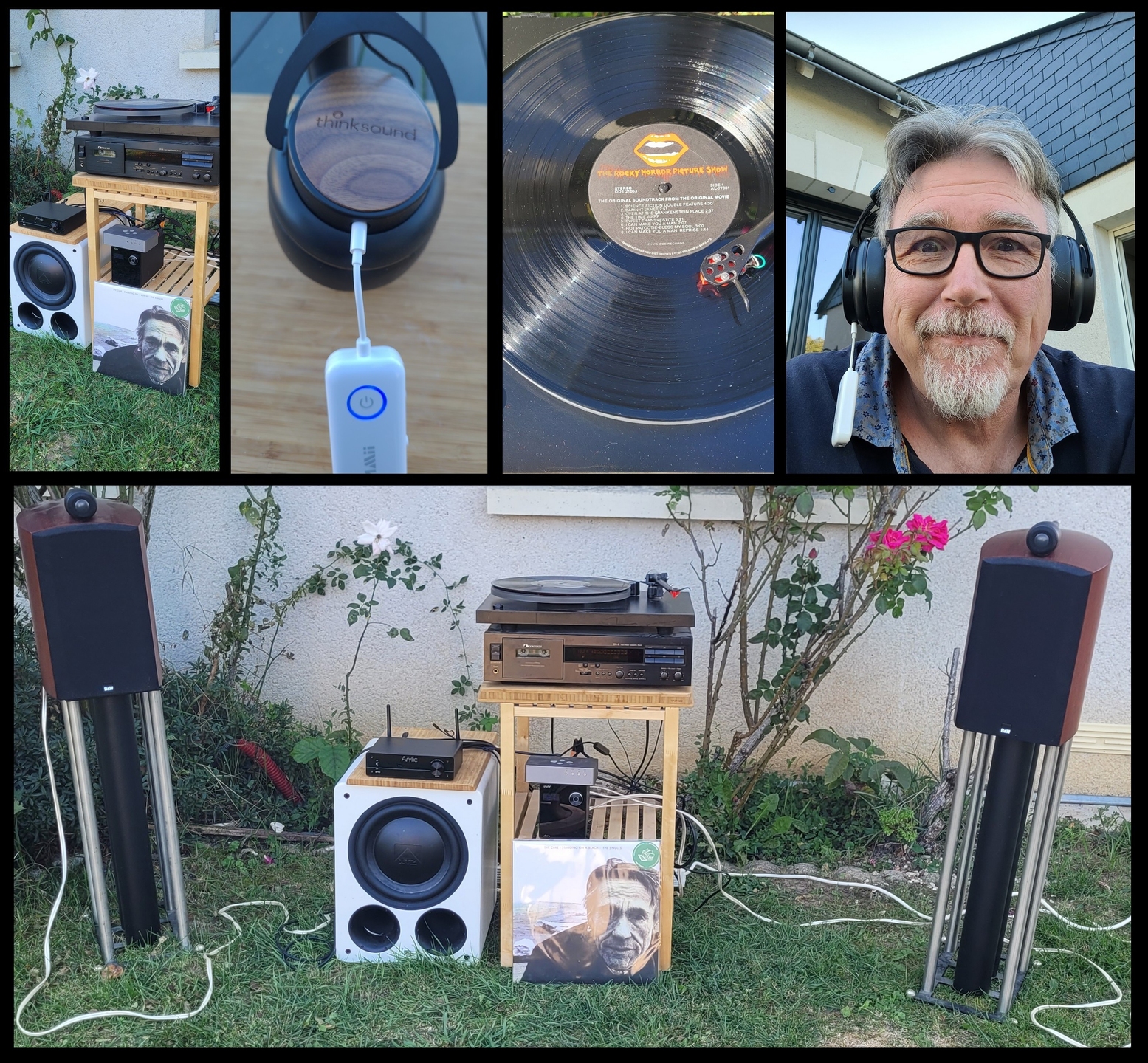
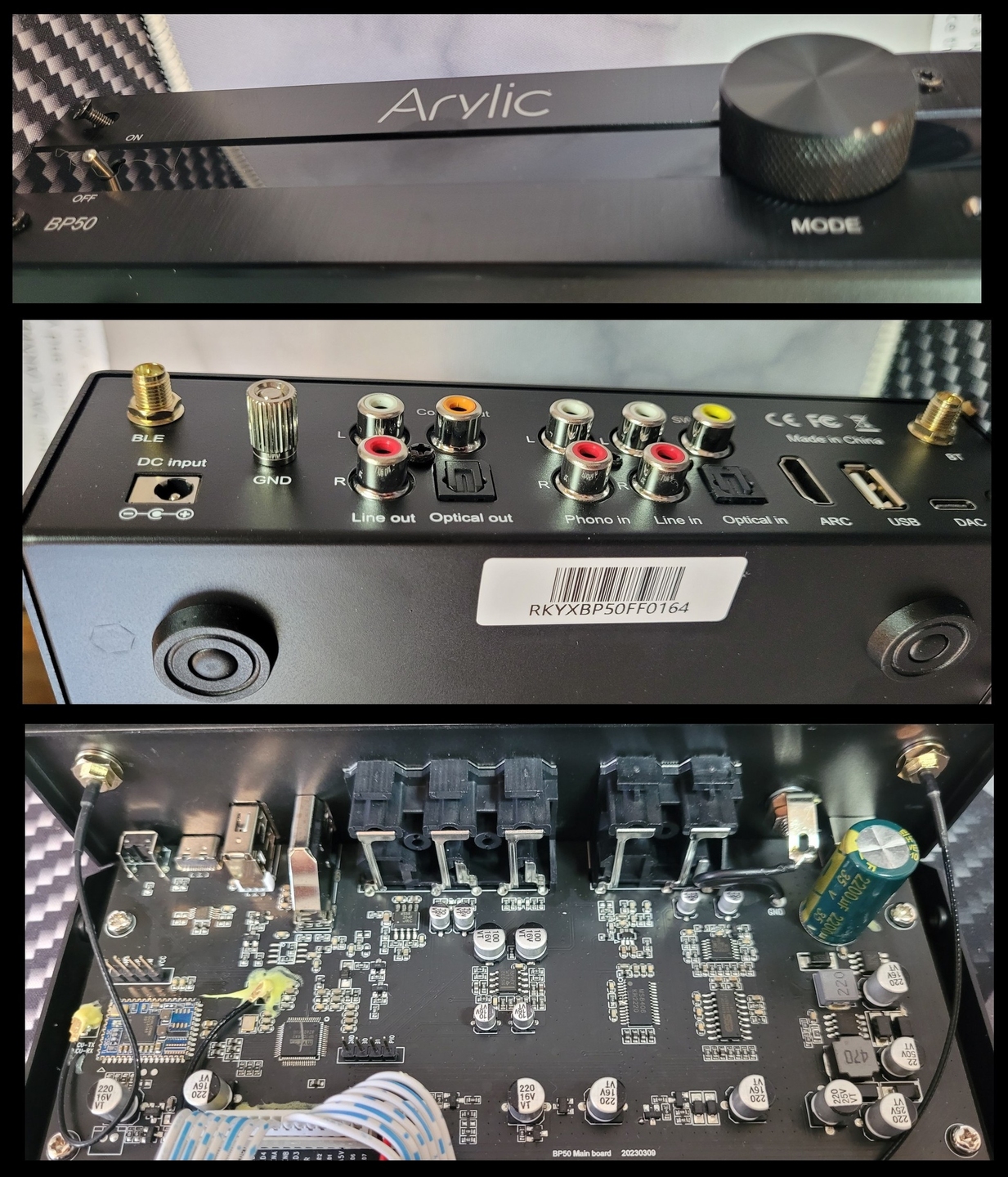

Costs and pricing
From a audiophile view point I can see the caveat, that their manufacturing costs can’t factor in audiophile performance as we know it or perhaps as we wish for.
If we look around Mouser.com we may notice that the ESS9023p DAC in this device is just 1/8th of the price of well-established DAC chips from the same brand. Thus I can see the motivation to get a device like this established to a mass market, before serving the rather smallish audiophile community with ingredients that satisfy them by measurements and listening experience.
Just look at the dominating phono pre input: the BP50 does allow qualities we may find in phono preamps at the same price level, there seems to be a market to be served. People with budget friendly BT record spinner may not search the same performance in detail achieving an audiophile community accepted performance, if the can have all they need (from a functionality standpoint) on a suiting budget. And the manufacturer may or may not increase measurable performance quality, step by step, as we have seen it wrt the WIIM Pro plus device.
Imho this is confirmed audiophile BUDGET style with high functional value and price adapted sound qualities. Serving audiophile value may/should come as the next step in the Arylic strategy, because with the S50 and the BP50 I have already seen their capabilities in terms of providing a flux of functionality, now it’s time to step up the game for us audiophiles or stay in the mass market level field served by aliexpress.
Catching up with the recent portfolio of Arylic shows that they are slowly moving away from devices with COGM/COGS lower than one or maybe two hours of average hourly wages in the USA or most European countries (in numbers: circa 30-40$) - into a price range covering between 200$ and 2.5k$ as MSRP.
Optimistically, they may build on their experience with this device and present the concept with some higher quality/value/performance ingredients at still a reasonable price. This way a pre amp, especially containing a bit-perfect transport of the analog conversion into a digital stream for our precious DACs may find a great interest.
Applications and software
The GO app is your control app that lets you decide how to switch your input signals. You have, for the line output, fully functional crossover setting, with bass boost and some basic equalization. Be aware that this setting affects the digital outputs, too
While the device may play your full 128GB memory stick, the GO app display fades out after 120 titles. As we all have experienced with many of the music apps we use, there is some time and a lot of constructive critics necessary to enhance one’s app in performance and functionality. Imho, that’s an art of its own ;-)
To be honest, the GO app is rich in functionalities, but not utterly stable yet when under performative stress …
With USB source, it has read about 120 from 141 files shown in the list, while the source had around 210 audio files on it. However, it played into the unknown. Attempts to react e void trough the app turned out to be contra-productive. Restart of device without source and app required. You’d better find out where are the limits before trying too much.
For people – unlike me – who look for advancements and enhancements through software based DSP tuning and Parametric Equalization, Arylic offers a software called ACP workbench for fine-tuning the hardware of the BP50. It cost 20 Euros and works under Windows 10.
You can get into the depth of a device like the BP50, updating the firmware, change DAC and ADC settings, and change sound defining details, if that playing field is your parkour.
A couple of flaws
I notice as main “flaws” malfunctioning of my 2018 TV set over HDMI ARC in connection with other network functions and a hiccup requiring re-starts with their Android app. Which is a quick workaround leading the way for some quality functions like the crossover setting for the subwoofer output/line output (which to my surprise affects the digital signal output, too). I am not sure if this may be by design or a just a consequence of serving the other function.
I understand the assumption, that using a subwoofer usually directs to a setting where you don’t need any other digital signal for your speaker, however, as owner of active speakers with digital input I prefer to have the choice of managing the digital signal by myself – if I want to. As such, I would prefer to have the digital output unmolested as I may also want to use it with a headphone amp or BT headphones, without changing my settings every time. Blue-eyed as I am (not!), I would reckon, that this can be either fixed by firmware update or better hardware in the next generation.
The BT application at my actives couldn’t connect with the BP50, however analog and coax worked flawlessly
Finally, me (a seasoned audiophile … ;-) wasn’t happy that I can’t control the BT output qualities when I have more than one codec available for the receiving device. And I am bugged by the fact, that BT output codecs are reduced in quality at times, when a 2nd device will be connected. I did not like that neither.
I would think next gen BT chips will take care about that, too, and I would see this as a welcomed option for the app.
One last thing that had bothered me. I may need to report this, even it seems difficult to locate the core of the effect: Music from Geoff Castellucci - the Bass singer – faced difficulties to be transferred without distortion/disruption when he sang in the deepest range, which may be just below the transfer frequencies of the device. As an examples: Sound of Silence, 16-bit Qobuz download, local play from USB thumb drive.
I would suggest to Arylic to use his music to work on transmission quality perfection, though.
The promotional offer :
Until the end of the month you can get 20% off the devices price with the discount code “hw20” when ordering from their website. The Arylic BP50 usually costs 99 US$ - in Europe I have seen offers for around 129 Euros, too.
There will be some other promotion runs until Christmas incl. Black Friday plus 11/11 and we may see Chinese New Year specials at the start of 2024. No big risk yet to miss out …
Here are:
The Arylic BP50 manual:BP50_User Manual.pdf
The ESS9023p data sheet:ES9023_Datasheet_v0_72-3074267.pdf
The Qualcomm QC3040 product brief:87-CE930-1_REV_L_Qualcomm_QCC30XX_Series_Bluetooth_Audio_SOCs_for_True_Wireless_Earbuds_Product_Brief.pdf
The ACP workbench manual:ACPWorkbench-ENG.pdf
Hardware used:
Airpulse A80 Active speakers
XTZ 10.17 edge subwoofer
B&W 805s loudspeaker
SABAJ A20A (2021) Balanced Class D amplifier
Rega Planar 3
Nagamichi DR-8
Ear Fun Air Pro 3
Thinksound OV20 closed head phones with 1MII BOT62 transmitter/receiver
Phillips 2018 Smart TV
CAPS Zuma type Audio PC







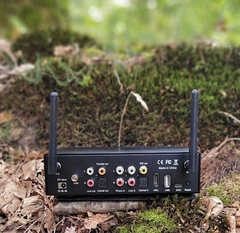
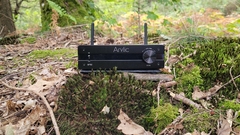


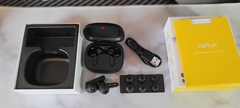
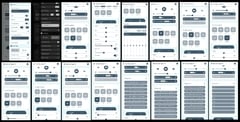
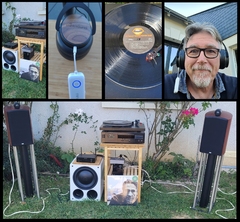
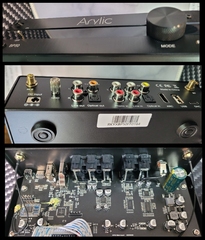
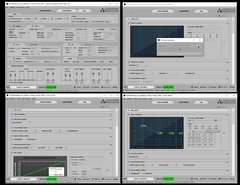









0 Comments
Recommended Comments
There are no comments to display.